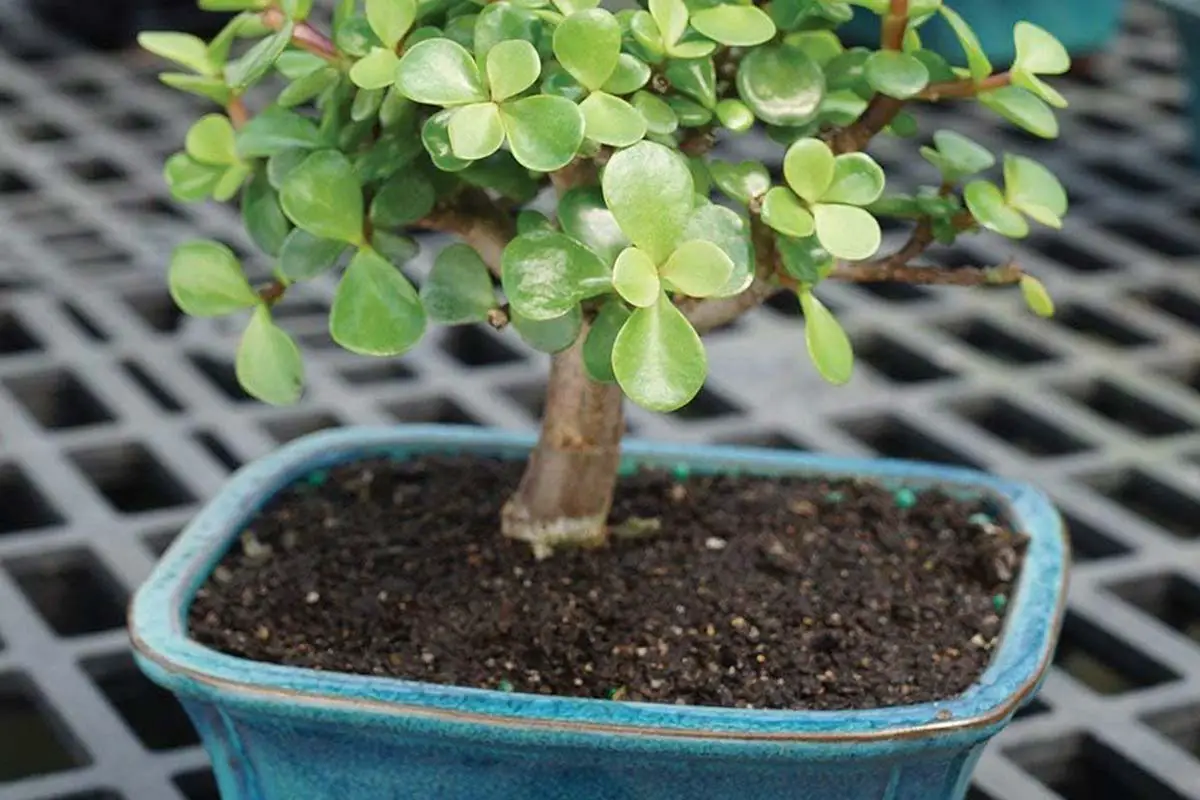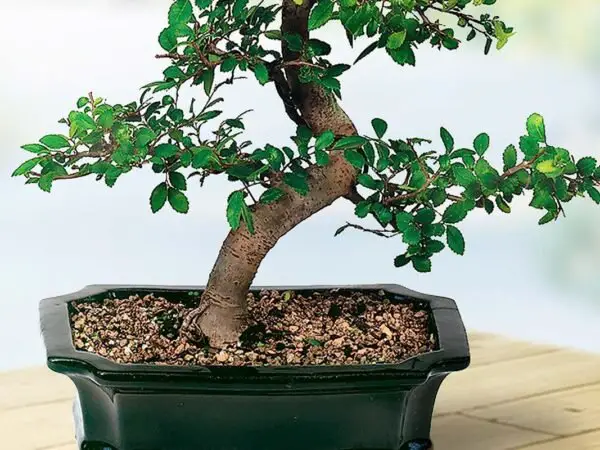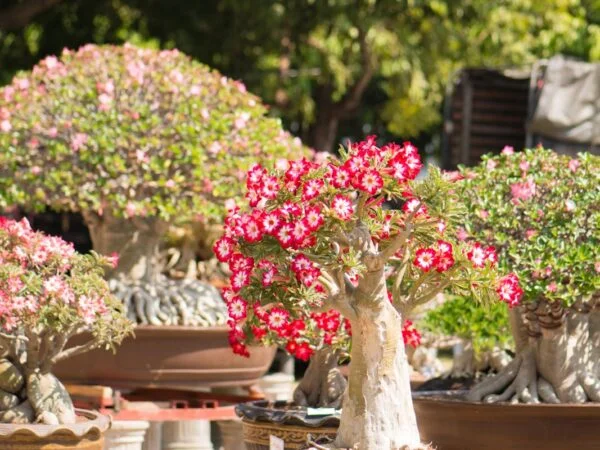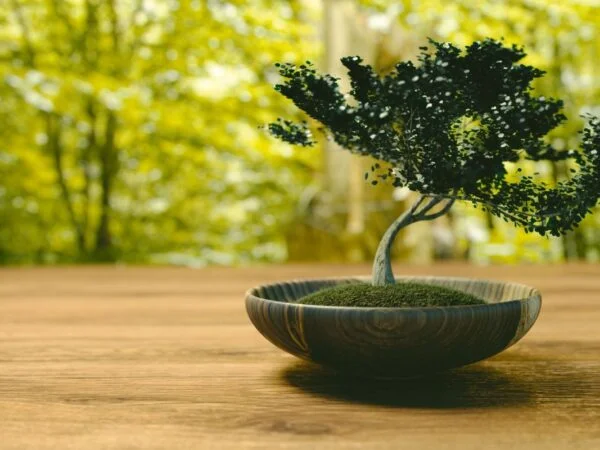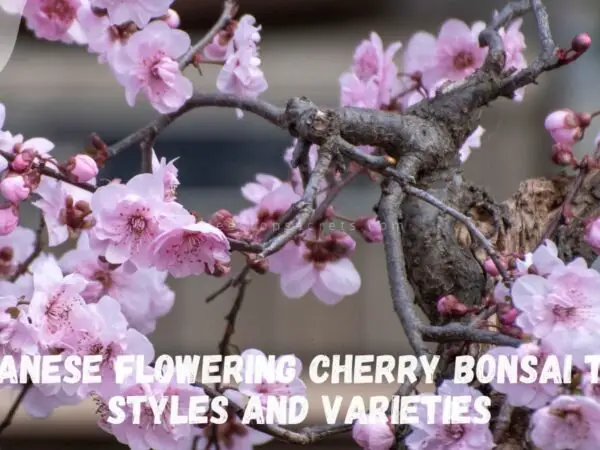The jade plant, also known as Crassula ovata, is a popular succulent houseplant known for its thick, glossy leaves and resilience.
Jade plants are native to South Africa and are characterized by their fleshy, oval-shaped leaves that often have a glossy appearance. They are slow-growing but can live for many years with proper care, sometimes becoming large and tree-like with a thick trunk.
Specific examples:
- The most common variety is the Crassula ovata 'Gollum,' which has tubular leaves resembling Shrek's ears.
- The Crassula ovata 'Hummel's Sunset' features golden-yellow leaves with red edges, especially when exposed to bright light.
Tips:
- Place jade plants in a sunny spot, as they thrive with plenty of light.
- Water sparingly to avoid root rot, letting the soil dry out between watering.
Table: Types of Jade Plants and Their Unique Features
| Type of Jade Plant | Leaf Shape | Special Features |
|---|---|---|
| Crassula ovata 'Gollum' | Tubular | Leaves resemble Shrek's ears |
| Crassula ovata 'Hummel’s Sunset' | Oval with red edges | Yellow leaves with red margins when in bright light |
| Crassula ovata 'Variegata' | Oval | Creamy white streaks on leaves |
Understanding the Jade Plant
Origin and Characteristics
The jade plant, scientifically known as Crassula ovata, is a beloved branched succulent shrub that originates from South Africa. It is commonly cultivated indoors, particularly in regions like St. Louis, where it typically grows to a height of 18 to 30 inches. As it matures, the jade plant develops succulent stems that can resemble a miniature tree. Its leaves are oblong, fleshy, shiny, and evergreen, with the potential to turn red when exposed to direct sunlight. Although jade plants may produce tiny white to pink flowers in the spring, this occurrence is rare for indoor specimens (Missouri Botanical Garden).
| Attribute | Description |
|---|---|
| Scientific Name | Crassula ovata |
| Native Region | South Africa |
| Height (Indoors) | 18-30 inches |
| Potential Height | Up to 6 feet |
| Leaf Characteristics | Oblong, fleshy, shiny, evergreen |
| Flower Color | Rarely white to pink |
Growth Habits
Jade plants are known for their longevity and can live for an impressive 70 years with the right care. They are relatively slow-growing, typically gaining about two inches in height each year. When grown indoors, they have the potential to reach heights of three feet or more, making them a striking addition to any indoor garden (Almanac, The Spruce).
| Growth Rate | Height Gain per Year | Maximum Indoor Height |
|---|---|---|
| Slow-growing | 2 inches | 3 feet or more |
| Lifespan | Up to 70 years |
Understanding the origin and growth habits of the jade plant is essential for anyone looking to cultivate this beautiful bonsai. With proper care, jade plants can thrive, adding a touch of nature to their indoor spaces.
Care Requirements
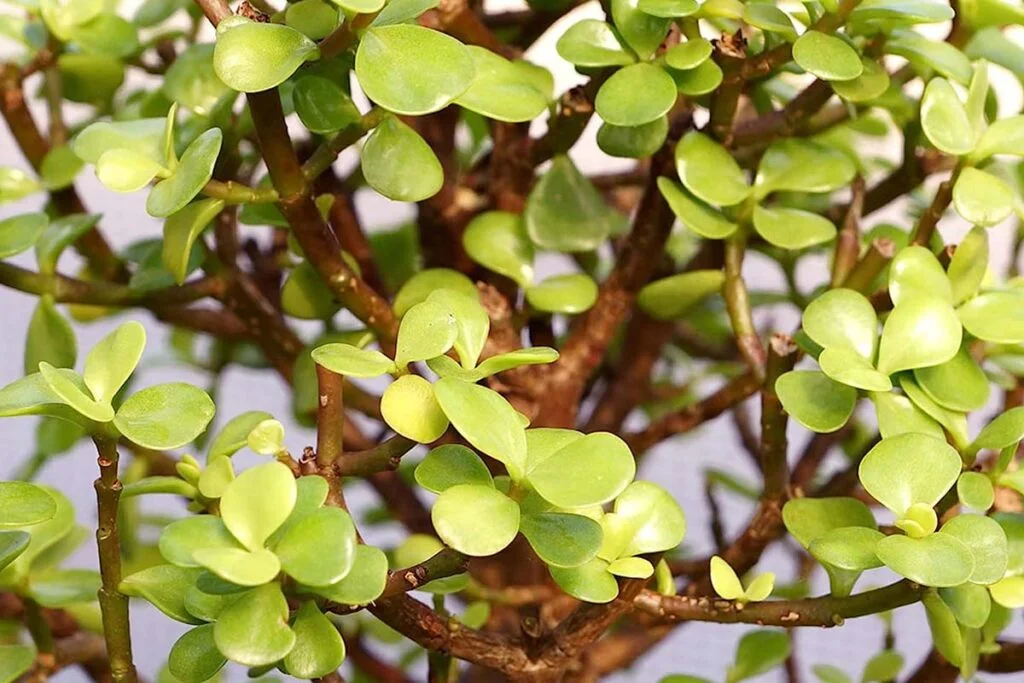
Caring for a jade plant is essential for its growth and longevity. This section covers the key care requirements, including watering practices, light preferences, and temperature considerations.
Watering Practices
Watering jade plants requires a careful balance to prevent overwatering, which can lead to root rot. I recommend allowing the soil to dry completely before watering again. Here are some effective watering methods:
| Watering Method | Description |
|---|---|
| Watering Over Soil | Pour water directly onto the soil until it drains out. |
| Bottom Watering | Place the pot in a shallow dish of water, allowing the soil to absorb moisture from below. |
| Water Bath | Submerge the pot in a basin of water for a short period, then allow it to drain. |
It is best to water the plant well and then wait until the soil is entirely dry before the next watering.
Light Preferences
Jade plants thrive in bright indirect sunlight and require a minimum of six hours of light each day. The best placement for them is in a south-facing or west-facing window. Insufficient light can lead to leggy growth and weaken the plant's overall health.
| Light Condition | Ideal Duration |
|---|---|
| Bright Indirect Sunlight | At least 6 hours/day |
| Direct Sunlight (Avoid) | Can scorch leaves |
Temperature Considerations
Maintaining appropriate temperatures is crucial for jade plant health. They prefer average household temperatures ranging from 65 to 75 degrees Fahrenheit. During nighttime and winter, they can tolerate lower temperatures down to 55 degrees Fahrenheit. Consistent temperatures help avoid stressing the plant (The Spruce).
| Temperature Range | Season |
|---|---|
| 65 to 75°F | Spring and Summer |
| Down to 55°F | Nighttime and Winter |
Jade plants adapt well to the warm, dry conditions commonly found in homes, but it's important to adjust watering habits during different seasons. Watering should be more frequent during the growing season (spring, summer) and less frequent during the dormant season (fall, winter) (Almanac).
Common Pests and Diseases
Identifying Pests
As a jade plant owner, I have learned to recognize the signs of pest infestations early. Common pests that affect jade plants include mealybugs, spider mites, scale insects, fungus gnats, thrips, and whiteflies. Each of these pests can cause specific damage to the foliage and overall health of the plant.
Here are some signs of pest infestation:
| Sign of Infestation | Description |
|---|---|
| Yellowing Leaves | Leaves begin to lose their vibrant color. |
| Brown Spots | Dark spots appear on the leaves, indicating damage. |
| Stunted Growth | The plant fails to grow or develop as expected. |
| Leaves Curling | Leaves may curl underneath as a reaction to pests. |
| Webbing or Sticky Residue | Presence of spider silk or a sticky film on leaves. |
| Holes or Bite Marks | Visible damage where pests have fed on the leaves. |
| Visible Pests | Actual insects like mealybugs or scale insects can be seen. |
If I notice any of these symptoms, I take action immediately. Using insecticidal soap or neem oil can effectively control many of these pests (The Garden Helper).
Preventing Diseases
Preventing diseases is crucial for maintaining the health of my jade plant. Common diseases include root rot, leaf spot, powdery mildew, stem and root rot, and various viruses. Each of these diseases has distinct symptoms and prevention methods.
To avoid root rot, I ensure that my jade plant is in well-draining soil and only water it when the top inch of soil is dry. This practice is essential for preventing excess moisture that can lead to root decay.
For leaf spot and powdery mildew, I take care to avoid getting water on the leaves and provide good air circulation around the plant. This reduces humidity and prevents fungal growth (Houseplant411).
By staying vigilant about pests and diseases, I can keep my jade plant thriving and healthy.
Propagation Techniques
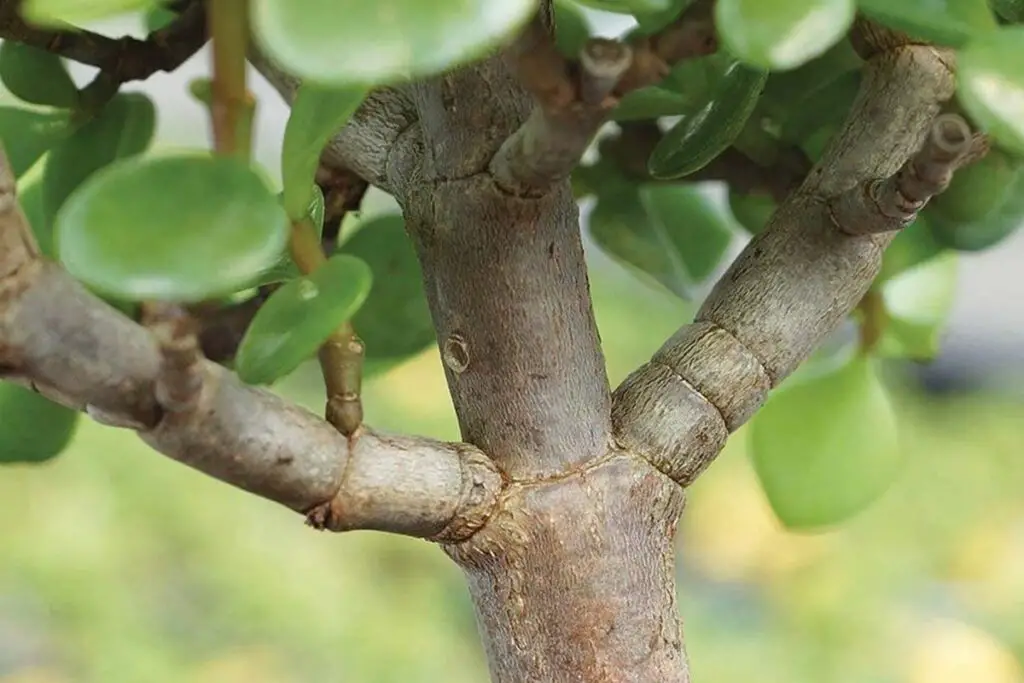
Propagating jade plants can be a rewarding experience. I find that using leaf and stem cuttings is the most effective method to grow new plants. Below, I outline the techniques for both leaf and stem cuttings, along with best practices for ensuring successful propagation.
Leaf and Stem Cuttings
Jade plants can be easily propagated from single leaves or cuttings. When I have a branch that falls off, I utilize stem cuttings for propagation. For single leaves, I simply remove a healthy leaf from the main plant. It is recommended to propagate before the weather gets cool and to start with a well-established plant (Almanac).
| Propagation Method | Steps |
|---|---|
| Leaf Cuttings | 1. Select a healthy leaf. 2. Allow the cut end to callous for 1-3 days. 3. Place the leaf on well-draining soil, making sure the cut end is touching the soil. 4. Water lightly and place in indirect sunlight. |
| Stem Cuttings | 1. Cut a healthy stem with at least 2-3 leaves. 2. Allow the cut end to callous for 1-3 days. 3. Insert the cut end into well-draining soil. 4. Water lightly and position in indirect sunlight. |
Best Practices for Success
To ensure that my jade plant cuttings thrive, I follow several best practices. These tips help create an ideal environment for growth and reduce the risk of failure.
| Best Practice | Description |
|---|---|
| Use Well-Draining Soil | I always use a cactus or succulent mix, which prevents overwatering and root rot. |
| Water Sparingly | It's crucial to keep the soil slightly moist, but not soggy. I typically water when the top inch of soil feels dry. |
| Provide Indirect Sunlight | I place my cuttings in a location with bright, indirect sunlight. Direct sunlight can scorch the leaves. |
| Maintain Warm Temperatures | I keep the cuttings in a warm area, ideally between 70°F to 80°F, to promote root development. |
By following these propagation techniques and best practices, I have successfully grown new jade plants from cuttings. This not only enhances my bonsai collection but also allows me to share the beauty of jade plants with others.
Pruning and Repotting
Caring for a jade plant involves not just watering and light management but also proper pruning and repotting techniques. These practices can greatly enhance the health and aesthetics of my bonsai.
When to Prune
I typically prune my jade plant to promote its overall health and shape. Pruning is crucial as it helps control the size and encourages fuller growth. However, I must be cautious since excessive pruning can stress the plant and potentially introduce diseases. A good time to prune is during the spring when the plant is actively growing. This timing allows for quicker recovery and encourages vibrant new growth.
Repotting Guidelines
Repotting my jade plant is another essential aspect of care. Mature jade plants should be repotted every 4 to 6 years, with spring being the ideal season for this task, coinciding with the first signs of new growth (Almanac). Here are the key guidelines I follow for repotting:
| Step | Description |
|---|---|
| 1. Choose the Right Pot | Select a pot that is only about 1 inch deeper and wider than the current pot. Jade plants prefer to be root-bound. |
| 2. Prepare the Soil | Use a well-draining soil mix, typically one designed for cacti or succulents. |
| 3. Remove the Plant | Gently take the jade plant out of its current pot, being careful not to damage the roots. |
| 4. Prune Roots if Necessary | Trim any dead or rotten roots to promote healthy growth. |
| 5. Place the Plant in the New Pot | Position the plant in the center of the new pot, filling in with soil around the roots. |
| 6. Water Lightly | After repotting, I give my jade plant a light watering to settle the soil but avoid over-watering. |
Following these guidelines ensures that my jade plant remains healthy and continues to thrive as a beautiful bonsai.
Benefits of Jade Plants
Aesthetic Appeal
The jade plant, with its thick, fleshy leaves and sturdy stems, makes for a visually striking addition to any indoor space. Its lush, green foliage adds a touch of elegance and tranquility, making it a popular choice among bonsai enthusiasts and plant lovers alike. I appreciate how the jade plant can fit into various decor styles, from modern to traditional, enhancing the overall aesthetic of a room.
One of the reasons I love jade plants is their versatility. They can be grown as small bonsai specimens or allowed to grow larger indoors, reaching heights of up to six feet. This adaptability makes them suitable for various settings, whether on a windowsill, as a centerpiece on a table, or in a larger pot on the floor.
| Feature | Description |
|---|---|
| Leaf Shape | Thick and oval, resembling coins |
| Color | Vibrant green, sometimes with red edges |
| Growth Form | Can be shaped into bonsai or left to grow naturally |
Longevity and Tradition
Jade plants are known for their impressive longevity, often living up to 70 years with proper care (The Spruce). This remarkable lifespan allows them to be cherished heirlooms, frequently passed down through generations. I find it meaningful to have a plant that can become a lasting part of my family's history, symbolizing resilience and growth.
Additionally, jade plants are often associated with good luck and prosperity in various cultures. This belief adds a layer of significance to their presence in homes and offices. Their ability to thrive with minimal maintenance makes them ideal for busy individuals or those just starting their plant care journey.
| Aspect | Details |
|---|---|
| Lifespan | Up to 70 years |
| Cultural Significance | Symbol of good luck and prosperity |
| Care Level | Low maintenance, suitable for beginners |
In my experience, the jade plant not only beautifies my living space but also embodies a sense of tradition and hope for the future.
Final Thoughts on Growing a Jade Plant
The jade plant is more than just a beautiful addition to your home; it's a symbol of prosperity and good luck. By providing the right care—adequate sunlight, proper watering, and well-draining soil—you can ensure your jade plant thrives for years. Remember, these plants are resilient and forgiving, making them perfect for beginners and seasoned gardeners alike. Embrace the joy of growing this timeless succulent and enjoy the vibrant greenery it brings to your space.
FAQs about Jade Plant
FAQ Title: FAQs about Jade Plant
Q1: How often should I water my jade plant?
A: Jade plants should be watered sparingly, only when the top 1-2 inches of soil feel dry. Overwatering can lead to root rot, so it's important to let the soil dry out between waterings. In winter, reduce watering frequency as the plant enters dormancy.
Q2: What kind of soil is best for jade plants?
A: Jade plants thrive in well-draining soil, such as a cactus or succulent mix. This type of soil prevents water from accumulating around the roots, which is crucial for avoiding root rot.
Q3: Can jade plants grow in low light?
A: While jade plants prefer bright, indirect sunlight, they can tolerate lower light conditions. However, in low light, the plant may grow more slowly and have a less vibrant color. For optimal growth, place your jade plant near a south-facing window.
Q4: Why are the leaves of my jade plant falling off?
A: Leaf drop in jade plants can be caused by several factors, including overwatering, underwatering, or sudden changes in temperature. Ensure your plant is in a stable environment with consistent watering practices to prevent leaf drop.
Q5: How do I propagate a jade plant?
A: Jade plants can be easily propagated from leaf or stem cuttings. Simply cut a healthy leaf or stem, let it dry for a few days, and then plant it in well-draining soil. Keep the soil slightly moist until new roots develop.
Q6: Are jade plants toxic to pets?
A: Yes, jade plants are toxic to pets if ingested. Symptoms in pets may include vomiting, lethargy, and loss of coordination. It's best to keep jade plants out of reach of curious pets.
Image Source: Paid image from CANVA

